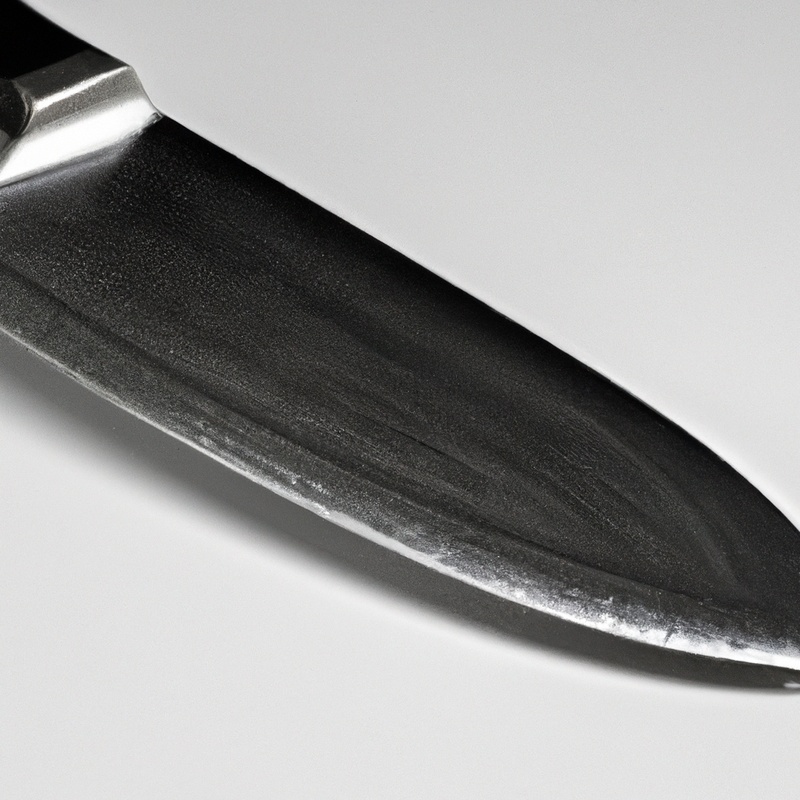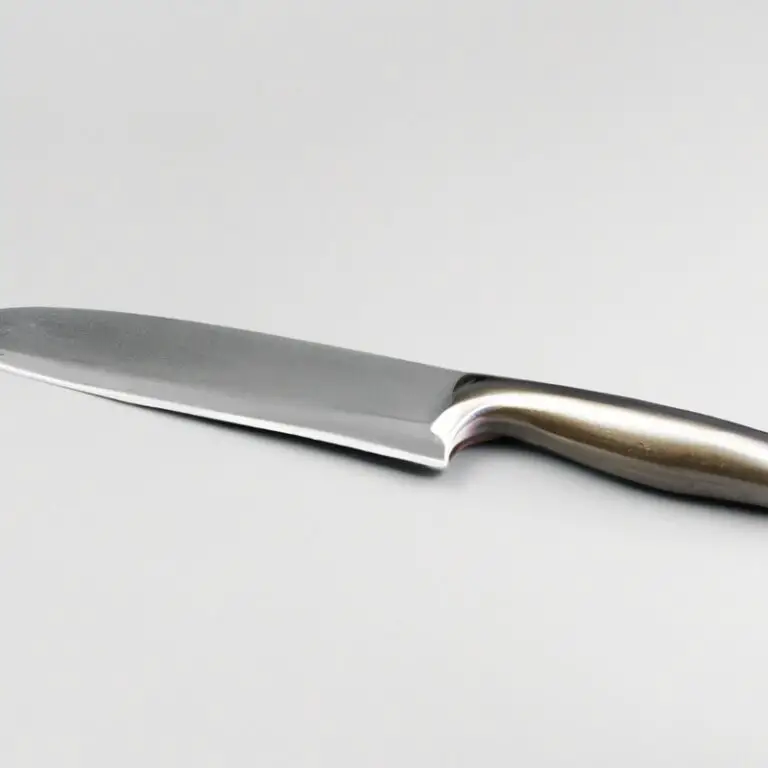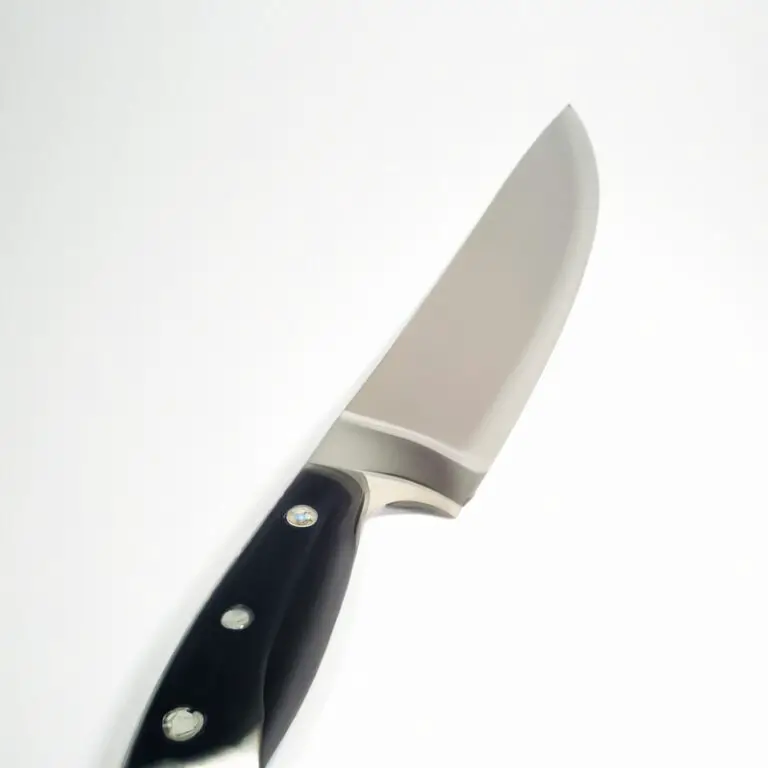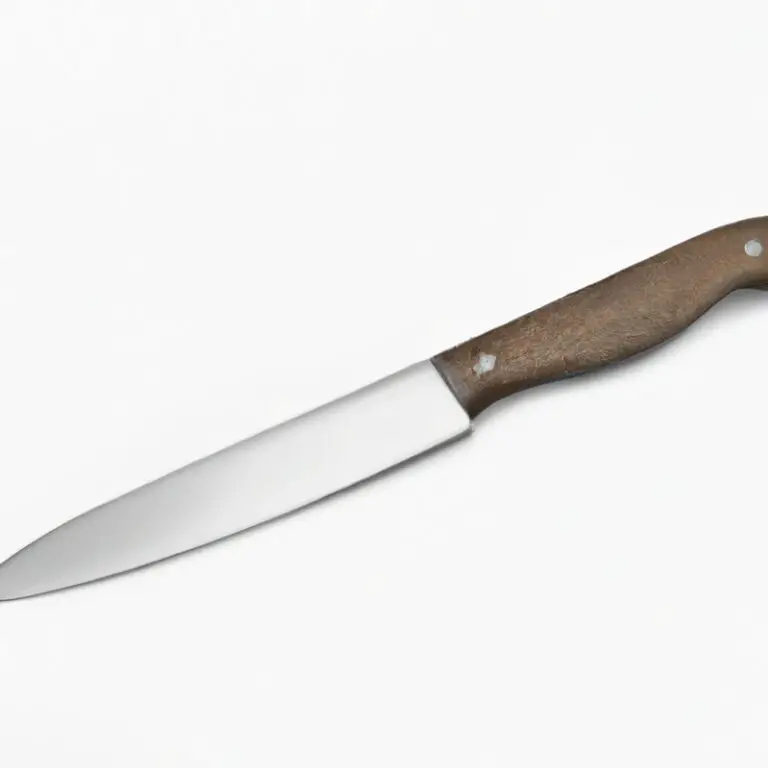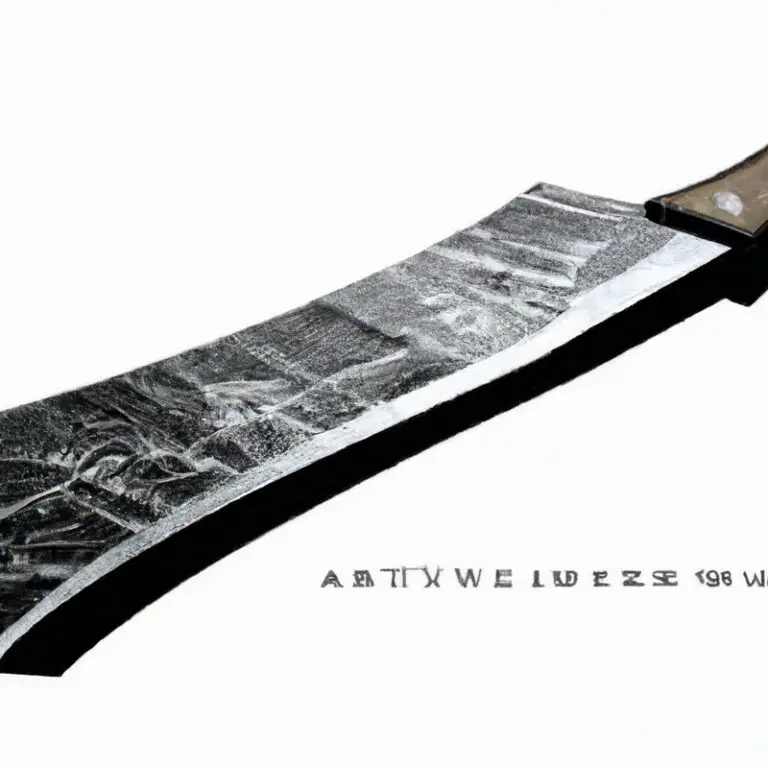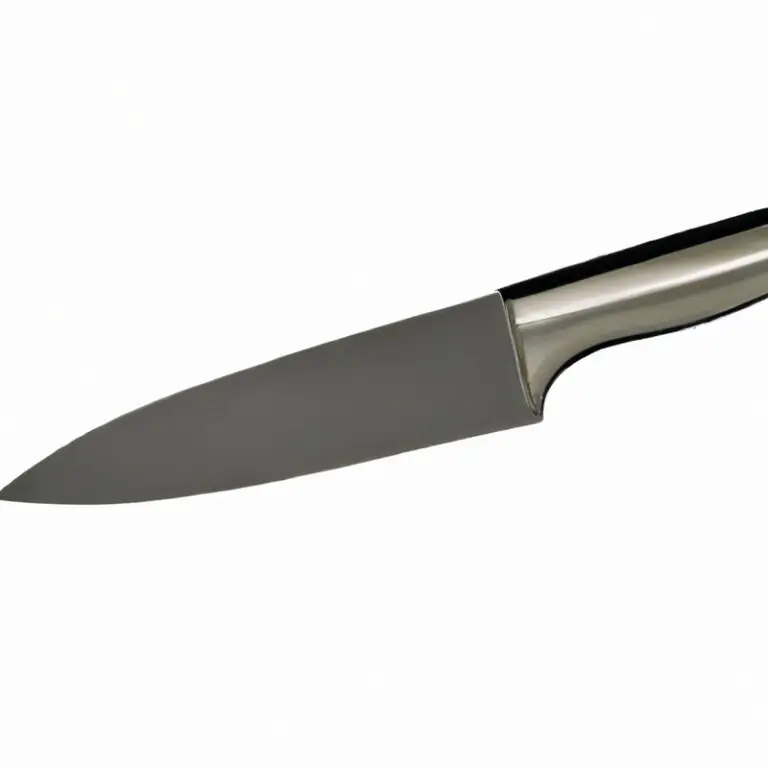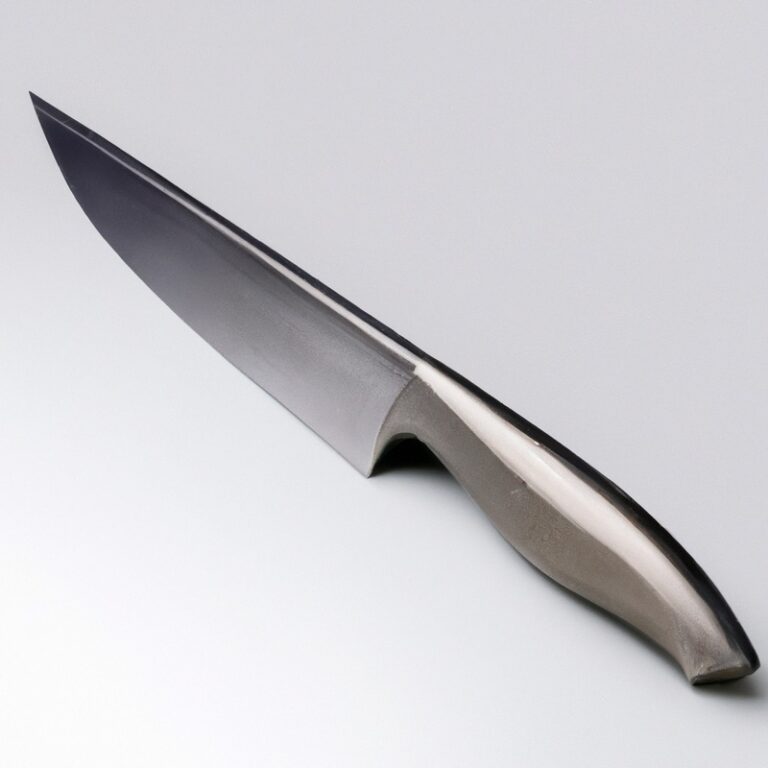How To Fillet a Salmon Using a Fillet Knife? Master The Art With Ease!
Key Takeaways:
- Choose a sharp fillet knife for ease of cutting and clean fillets.
- Begin by making a cut behind the gills and following the fish’s backbone down to the tail.
- With practice and patience, you can master the art of filleting a salmon like a professional chef.
- Proper technique and attention to detail are crucial for getting the most out of your fish and avoiding waste.
Are you tired of getting a subpar salmon fillet from your local supermarket? Why not take matters into your own hands and learn how to fillet a salmon yourself?
Using a fillet knife, filleting a salmon can be a fun and rewarding task.
In this article, we will cover the basics of salmon filleting, from selecting the right knife to removing the skin and pin bones. With our step-by-step guide, you’ll be able to prepare a perfectly filleted salmon and create your own delicious dishes at home.
Let’s dive in!
| Step | Description |
|---|---|
| 1 | Rinse the salmon under cold water and pat dry with paper towels. |
| 2 | Place the salmon on a cutting board, flat side down. |
| 3 | Starting at the head, slide the fillet knife between the flesh and the bones, using a sawing motion. |
| 4 | Cut through the ribs to remove the first fillet. |
| 5 | Place the first fillet skin side down and remove any remaining bones with tweezers. |
| 6 | Repeat the process on the other side of the salmon to remove the second fillet. |
| 7 | Cut the fillets into desired portions or leave them whole. |
Understanding the basics of filleting salmon
To understand the basics of filleting salmon, you need to know the fish’s anatomy. Salmon have a spine running down their back and rib bones extending from the spine.
The fillet is the meaty portion of the fish that lays on either side of the spine.
To begin filleting a salmon, place the fish on a clean, flat surface. Start by making a cut along the back of the salmon, following the spine from the head to the tail, with the fillet knife.
Turn the fish over and repeat the process on the other side.
Next, remove the skin from the fillet by sliding the knife under the flesh and cutting the skin away while keeping the blade angled downward. Pin bones are small, thin bones that can be found in the fillet.
You can use tweezers or needle-nose pliers to remove them carefully.
Once the fillet is clear of bones, trim the belly and tail portions as desired. Remember to keep the knife sharp for precise cuts and to work carefully to avoid damaging the meat.
Lastly, it is important to clean and maintain your fillet knife after use to ensure longevity.
Understanding the basics of filleting salmon is crucial for the success of the process. By following these steps, you can prepare a salmon fillet that is tasty and appealing.
Choosing the right fillet knife for salmon filleting
When it comes to selecting the right fillet knife for salmon filleting, there are a few key features to consider. Firstly, ensure that the blade is both sharp and flexible as this will allow you to make precise cuts and easily remove the skin from the fillet.
Look for a blade length of around 7-9 inches as this will provide enough length to work with, while still remaining manageable.
The handle should also be comfortable to grip and non-slip, as you’ll need to have a good amount of control over the blade while filleting. Finally, consider the material of the blade and handle – stainless steel is a popular choice as it is both durable and easy to clean.
Taking the time to select the right fillet knife will help to make the salmon filleting process more efficient and enjoyable.
Preparing the salmon for filleting
Before starting to fillet a salmon, it’s essential to prepare the fish properly. Firstly, rinse the salmon under cold water and pat it dry with paper towels.
Then, place the salmon on a clean cutting board, belly down, and use a sharp knife to remove the head, tail, and fins.
Next, use scissors to cut along the belly of the fish, from the anal vent to the bottom of the head cavity, and remove the guts. Rinse the salmon inside and out under cold water.
Finally, use a kitchen towel to pat the salmon dry before filleting it.
Proper preparation of the salmon ensures a clean and safe filleting experience.
Making a precise cut along the back of the salmon with the fillet knife
To make a precise cut along the back of the salmon with the fillet knife, start by laying the fish on the cutting board with its head facing away from you. Grip the tail end of the fish firmly and insert the tip of the fillet knife just above the spine.
Using a gentle sawing motion, guide the blade along the backbone of the fish towards the head.
The goal is to separate the flesh from the bones in one clean, even cut. Once the fillet has been fully separated from the bones, set it aside and repeat the process on the other side of the fish.
When making the cut, be sure to use a sharp fillet knife and apply even pressure throughout the process.
Take care not to cut through the bones or remove too much flesh with the fillet knife. With practice, you can perfect your technique and become a master at filleting salmon.
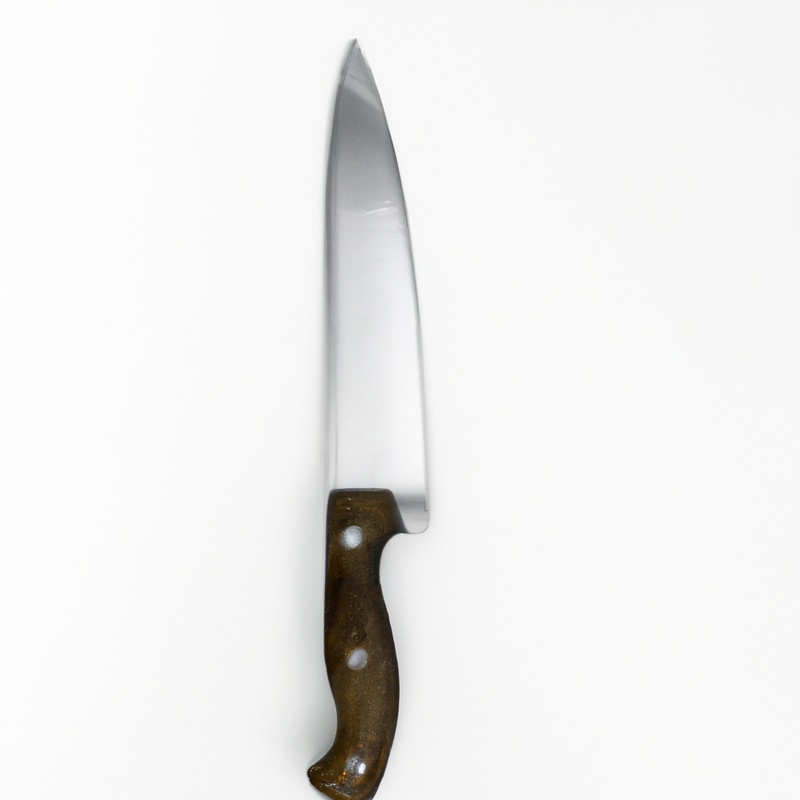
Removing the skin from the salmon fillet using a fillet knife
Removing the skin from the salmon fillet using a fillet knife is an important step in the process of filleting a salmon. To do this, start by making a small cut along the edge of the skin at the tail end of the fillet using the fillet knife.
Holding the skin with one hand, slide the blade of the fillet knife between the skin and the flesh of the salmon, angling the blade slightly towards the skin.
With a gentle sawing motion, work the fillet knife along the length of the salmon fillet, keeping the blade close to the skin but taking care not to cut into the meat. Once the skin has been separated from the flesh, discard the skin and use the fillet knife to remove any remaining bits of skin or fat from the salmon fillet.
By following these steps, you can remove the skin from a salmon fillet quickly and easily, leaving behind a beautiful piece of meat that is ready to be cooked or prepared.
Identifying and removing the pin bones from the salmon fillet
Identifying and removing the pin bones from the salmon fillet is an important step in filleting salmon. To locate the pin bones, run your fingers along the centerline of the fillet from the head to the tail.
You will feel small, sharp bones sticking out perpendicular to the fillet.
To remove the pin bones, use tweezers or pliers to grip the bone firmly and pull it out in the opposite direction of how it sits in the flesh. If you find it difficult to grab the bones, then make a small cut on either side of the bone with your fillet knife to create better access.
It is crucial to remove all the pin bones to ensure a smooth and enjoyable eating experience.
Missing even one bone can ruin the texture and make it uncomfortable to eat. Be patient and take your time to remove all the pin bones.
Trimming the belly and tail portions of the salmon fillet with a fillet knife
Once you have removed the skin and pin bones from the salmon fillet, it’s time to trim the belly and tail portions. The belly portion of the fillet can be thicker and fattier than the rest of the fillet, and it’s important to remove any excess fat to prevent the fish from having a strong, fishy taste.
Using your fillet knife, make a shallow cut along the length of the belly portion, being careful not to remove too much meat.
Pull back the flap of skin to expose the fat and remove it with your knife. The tail portion of the fillet can also be tougher and not as desirable as the rest of the fillet.
Trim it off with your fillet knife using a shallow angle to ensure you are not removing too much of the meat.
Remember to use caution when working around these areas, as they can be more delicate and require precision when trimming. With practice, you will become more confident in your trimming abilities.
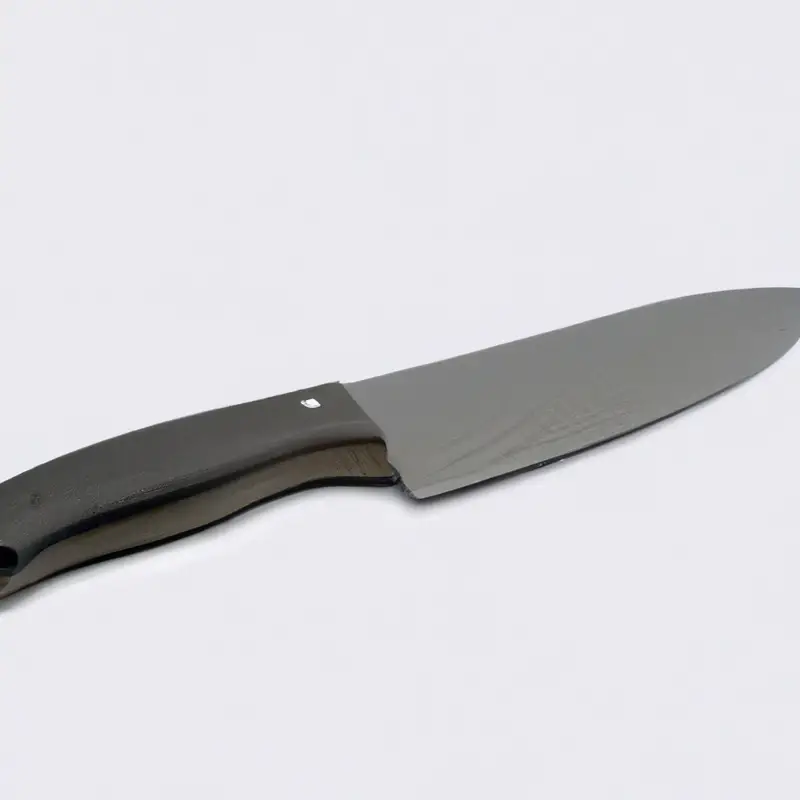
Cleaning and maintaining your fillet knife after use
Cleaning and maintaining your fillet knife after use is crucial to ensure it remains sharp and in good condition for future use. After filleting a salmon, rinse the knife with warm water and mild soap to remove any fish residue.
Avoid using bleach or harsh chemicals, as they can damage the knife’s blade.
Dry the knife thoroughly using a clean cloth or towel, and store it in a sheath or knife block to prevent damage to the blade and accidental injury. Regularly sharpen the fillet knife using a sharpening stone or honing rod to maintain its sharpness.
Lastly, store the knife in a cool, dry area to prevent rusting, and never place it in a dishwasher as it can damage the blade.
By properly cleaning and maintaining your fillet knife after use, you can ensure its longevity and optimal performance for future salmon filleting.
Tips and tricks for successful salmon filleting using a fillet knife
Here are some tips and tricks for successful salmon filleting using a fillet knife:
- Keep your fillet knife sharp: A sharp fillet knife is essential for making precise cuts on the fish. Keep the blade sharp by honing it regularly with a sharpening stone or honing rod.
- Cut away from your body: Always cut away from your body to avoid any accidents or injuries. Hold the fish firmly with one hand while you make the cuts with the fillet knife using your other hand.
- Use a flexible blade: A flexible fillet knife blade will allow you to make clean and smooth cuts along the contours of the fish. A stiffer blade will make it difficult to remove the flesh from the bones.
- Remove the bones first: Start by identifying and removing the pin bones from the fillet before removing the skin. This will make it easier to get a firm grip on the fish while you remove the skin.
- Use a cutting board: Always use a cutting board while filleting the fish to avoid damaging your fillet knife or any other kitchen surface.
- Practice makes perfect: Filleting a fish can be challenging, but with enough practice, you can master the technique and become an expert at it. Don’t be discouraged if it takes a few tries to get it right.
By following these tips and tricks, you can successfully fillet a salmon using a fillet knife like a pro. Remember to take your time and concentrate on making precise cuts to get the best results.
Safety precautions to be taken while filleting a salmon with a fillet knife
Filleting a salmon with a fillet knife can be dangerous if proper safety precautions are not taken. Here are some important safety tips to keep in mind when filleting a salmon:
- Always use a sharp fillet knife to reduce the risk of accidents.
- Place the salmon on a stable cutting board and ensure it is securely anchored before beginning to fillet.
- Keep your fingers away from the blade and always cut away from your body.
- Use a flexible fillet knife to maximize control and keep the blade close to the fish’s bones to prevent slips that can cause injury.
- Be cautious when cutting the fish’s head and tail as they can be especially slippery.
- Always cut away from any other persons nearby and make sure no one is standing too close to the cutting board.
- When not in use, cover the fillet knife or store it in a safe place so that it cannot accidentally injure anyone.
By following these simple safety precautions, you can ensure a successful and safe salmon filleting experience.
Final Verdict
Mastering the art of filleting a salmon with a fillet knife can take some practice, but it is a highly rewarding skill that will provide delicious and healthy meals for you and your loved ones. Remember to choose a high-quality fillet knife that suits your needs, and take the necessary precautions to ensure your safety during the process.
Preparing the salmon properly, making precise cuts, removing the skin and pin bones, and trimming the excess portions are all crucial steps to achieve a perfect fillet.
Regularly cleaning and maintaining your fillet knife will ensure its longevity and performance. With the tips and tricks outlined in this article, you are now equipped with the knowledge and skills needed to master salmon filleting with a fillet knife.
Follow these steps diligently, and enjoy the delicious rewards that come with it.

